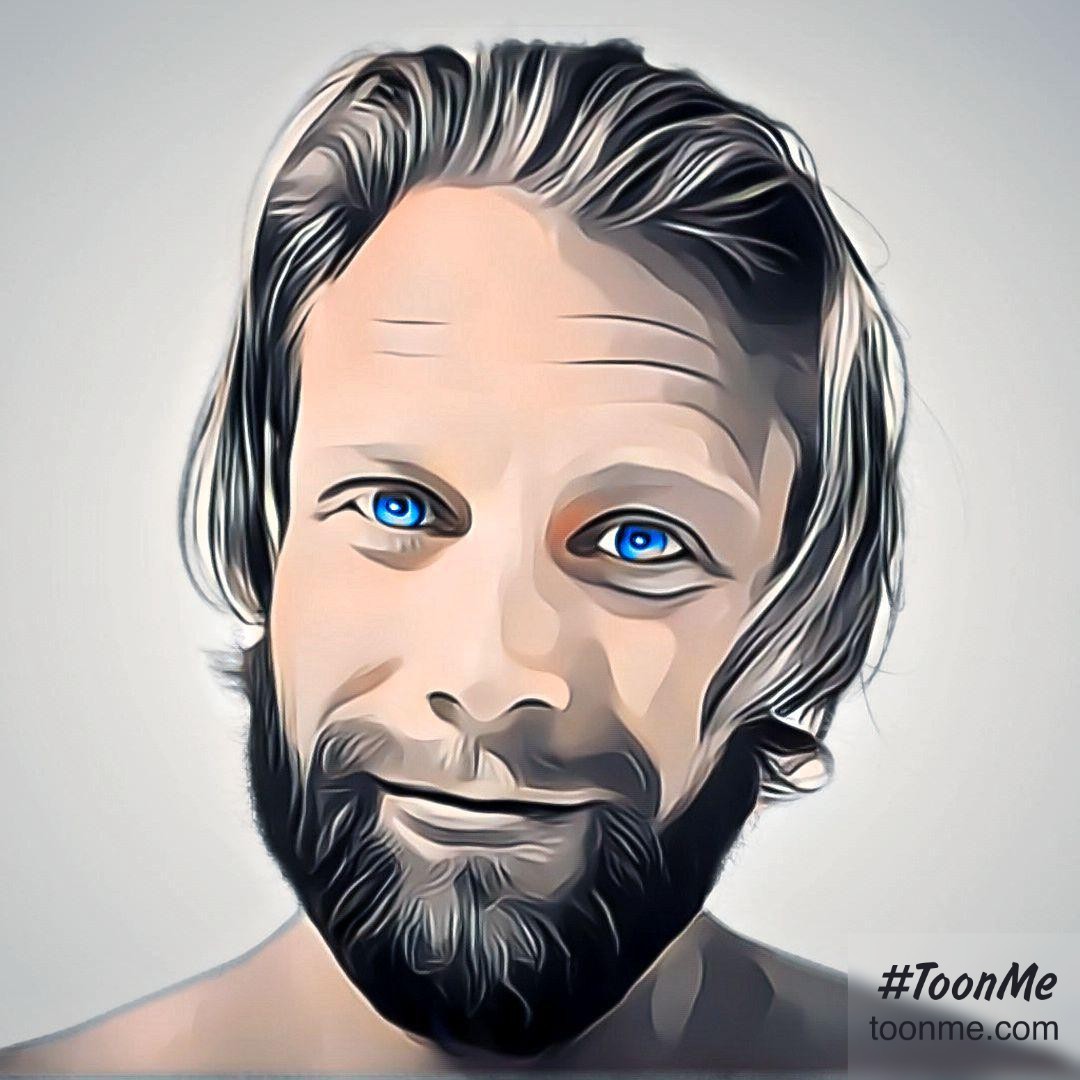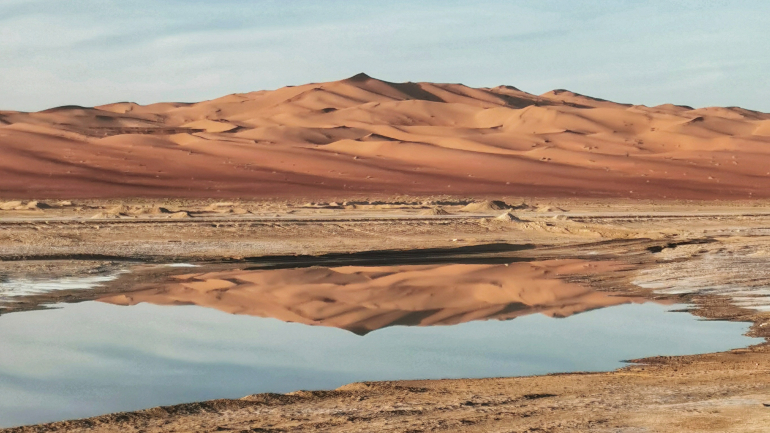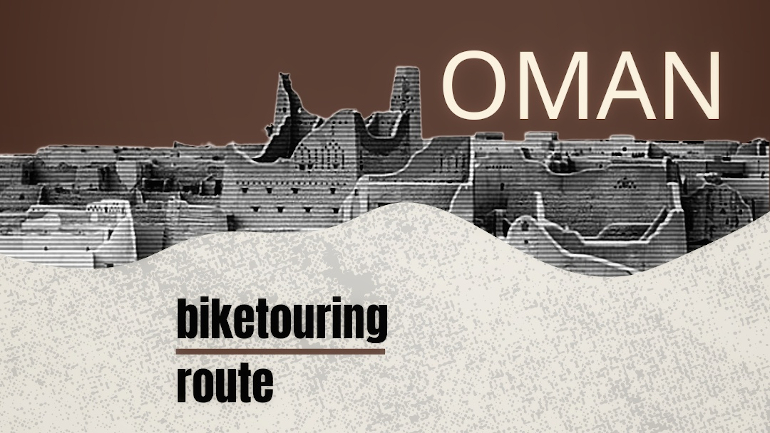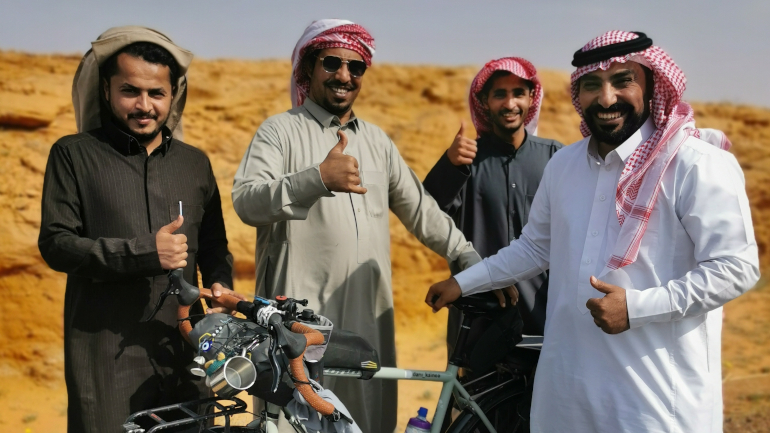Contents [hide]
Intro
Renowned explorer and travel writer, Wilfred Thesiger, made the Empty Quarter into a legendary place through his tales in the book titled Arabian Sands. Only a few have followed in his footsteps but with a newly built road completed by the end of 2021, it is now possible to cross the desert from the Rub’ al Khali border crossing with Oman to Al Batha on a paved asphalt road. A spectacular journey of 560 kilometers through pristine sand dunes with only a couple of gas stations to fill your water bottles. Find your inner Bedu spirit and go for it. It’s well worth the effort.
I will try my best to help you plan your travels across the Empty Quarter with this guide. My starting point was at the Rub’ al Khali border crossing between Oman and Saudi Arabia but I believe the guide is useful for those doing the crossing in the opposite direction as well.
If there is anything you find is missing, want to add or if there are any changes to the route logistics compared to this guide, drop me a message and I will be happy to update the content.
A quick look at the route stats
- Distance (km): 558
- Road days: 7 +/- 1 day depending on the wind conditions
- Total ascent (m): 1.565
- Highest point (m): 202
Map and points of interest
Route description
Let’s start off with the obvious. The scenery is sand, more sand and then a bit more sand. You might think you would be bored after looking at sand after a day but don’t despair. There are endless variations in the shapes of the dunes and the colors of the sand spanning over all nuances from deep orange to bright yellow. As the sun glides over the landscape you have shifting shades drawing an ever changing pattern on the dune surface. If you find desert landscapes beautiful you will love this one.
The route is not flat. I had this idea before entering the Empty Quarter that it would be flat. It is not. Expect hills and elevation meters. Half way through there is a gas station. I call it the halfway-gas-station and it marks a clear division in the landscape. Coming from Oman, your first half is only hills. The hills just keep on coming and coming. They are long but not steep with a slope gradient not higher than 7% and they should be easy to bike up even with a fully loaded touring bike. All these hills also mean you have an amazing sand dune landscape to marvel at. Enjoy it to the fullest because your second half is going to be more flat and with almost no sand dunes. Here you will see a flat ocean of sand that vanishes in the horizon and melts in with the sky in a foggy mist.
The road condition is in good shape. Smooth asphalt almost all the way and there is a wide shoulder from start to end where you can fit two bikes side by side and still have some space left. Traffic is not too bad. You will mostly see trucks, buses and some overlanders. Sand is an obstacle from time to time. On windy days you will have sand piling up on the road. Do not try to bike over it at high speeds as it can be very slippery. I would advise you to bike around it.
Water logistics
This one is important. You will have some very long stretches of empty road. Plan well and know your water consumption better. How much water each one of us needs to drink on a warm sunny day with no wind to cool you off is an individual thing. So I can’t tell you the precise amount of liter of water to bring. My daily water consumption level is 3 liters at a bare minimum in temperatures around 30 degrees. This is not my optimal intake but my strategy was to bike in the early and late hours of the day, taking it easy from 12 to 15 when the sun and heat was at its strongest. The strategy was to carry only what I would need. You might want to do this different depending on your needs
I divided the total distance in three parts:
- Part 1: From the Rub’ al Khali border crossing to the halfway-gas-station (12 liters of water)
- Part 2: From the halfway-gas-station to the almost-there-gas-station (9 liters of water)
- Part 3: From the almost-there-gas-station to the finish line (3 liters of water)
Part 1
At the Rub’ al Khali border crossing between Oman and Saudi Arabia there is a well stocked supermarket on the Saudi Arabian side after you have completed all the border formalities. The supermarket is open 24 hours 7 days a week. This is where I stocked up on water. If the supermarket for some reason should be closed, the border police will gladly give you all the water you need.
From the Rub’ al Khali border crossing to the halfway-gas-station and supermarket, it is 260 kilometers. This is doable in 3 days. In windy conditions and with all the elevation meters you need to do, you might spend 4 days. I planned for the worst case scenario and brought water for 4 days. That amounts to 12 liters of water for me. I did make sure to drink all the water I could before leaving the border crossing to make sure I was well rehydrated so I would not need to start depleting my 12 liters of water from the immediate start.
Part 2
From the halfway-gas-station to the almost-there-gas-station, there is 200 kilometers. This stretch is flat but prone to strong winds. However, you should be able to do this in 3 easy days. For this part I brough 9 liters of water.
Part 3
From the almost-there-gas-station to the finish line there is only 100 kilometers. You can do this stretch in 1 long day. If you use a half day extra, no worries, you are close to restaurants, a larger supermarket and hotels and should be able to squeeze yourself a bit to complete the route. For this part I carried 3 liters of water.
Food logistics
I brought food for the same amount of days as I did with water. Bring what you prefer to eat and keep in mind the water you need to prepare whatever you cook. I made sure that all my food soaked up the water so I would not have to waste it. Cooking pasta to me seemed like a bad idea unless you want to drink the pasta water. For cleaning my dinner pot and spoon, I used wet wipes.
I stocked up in Ibri at their big Lulu Hypermarket as I was not sure about the selection on the road. This was however not necessary since I could have done this at the Rub’ al Khali border crossing. I carried oats and sugar for breakfast to last me a week since I was not sure if I could buy my favorite breakfast along the way.
For lunch there is the option to buy bread at the Rub’ al Khali border crossing and at the small supermarket at the halfway-gas-station together with cream cheese. For dinner I used their limited canned food selection which sufficed for me with a portion of bread on the side. Quick noodles is of course always an option.
At the halfway-gas-station there is also a basic restaurant run by some very friendly Pakistani people. I ate a very tasty double dinner here eating lentils, chickpeas and a bunch of bread.
Be aware that the almost-there-gas-station only has a limited food selection and should only be expected to have snacks and sweets. Talking about snacks and sweets, I did remember to stock up on a ton of it at every pitstop. You can never have enough and it kept me going throughout the day. I really liked to carry salted almonds with me which I got in Ibri.
How to carry all that water, food and trash
The most water I carried at any one time was 12 liters. On the bike I can carry 3 liters in my normal water bottles. I have an extra Nalgene bottle to hold 1 liter in my pannier. That is 4 liters in total. I had to find room for the remaining 8 liters and my panniers were already filled up with food. I strapped 1 bottle to my front rack and 1 bottle to my rear rack. The rest I carried in a backpack (I have an ultra lightweight backpack I can fold into a stuff sack).
At first I thought the backpack solution was a good idea. I didn’t feel any discomfort on my shoulders but after a day my behind and buttocks were hurting a lot due to the extra weight I was carrying on my back. I suggest strapping all the bottles to your racks using whatever rope you can find. If you still need more space, then clear space in your panniers and carry light items in the backpack instead of the heavy water.
You will of course carry all your trash with you until you get to a trash can at your next pit stop. Consider the weight of the food containers. Bringing a big glass jar of Nutella seems like an excellent idea but keep in mind that you need to carry the relatively heavy empty container to the next pitstop. Remember to bring with you a couple of trash bags.
The tricky Shaybah pitstop
Between the Rub’ al Khali border crossing and the halfway-gas-station there is a possible pitstop called Shaybah with a restaurant and supermarket. It’s 200 kilometers from the Rub’ al Khali border crossing and 80 km from the halfway-gas-station. My plan was to make my first pitstop there which also means I would have had 3 pit stops instead of 2. At location 22.6146853N, 54.1217769E the map shows a connecting road from the highway onto the Shaybah road. When I was there, this road was fenced off and there was no way for me to reach the Shaybah road unless I climbed a fence.
If you really want to reach the Shaybah pit stop you have to go further up the road coming from the Rub’ al Khali border crossing and backtrack some 50 kilometers. This seems pointless to me when you now only lack approximately 45 kilometers until the halfway-gas-station.
If the connection road is not fenced off this makes a logical pit stop. Try to get some recent intel and if the road is in fact open, please drop me a message so I can update the guide.
Money exchange, ATM and SIM card
Between Ibri and the Rub’ al Khali border crossing there is a gas station with a basic restaurant and a small supermarket. There is also a money exchange office where you can exchange your Omani Rials for Saudi Rials. When I was there, the exchange office didn’t have any Saudi Rials left. Consider changing your money in Ibri.
Because the exchange office before the border was out of Saudi Rials, I carried a lot of Omani Rials with me into Saudi Arabia (I didn’t see any place to exchange money at the border). This was not a problem though as you can pay with Omani Rials at the Rub’ al Khali supermarket, at the halfway-gas-station and at the almost-there-gas-station. The rate I was given was 1 OMR = 9 SAR.
At the Rub’ al Khali border crossing on the Saudi Arabian side just next to the supermarket there is an ATM where you can get Saudi Rials.
SIM card is available in the supermarket at the halfway-gas-station. I got an STC SIM card. You need to present your eVisa and give a fingerprint scan. No need to show your passport.
Wind and sand
Part 1 from the Rub’ al Khali border crossing to the halfway-gas-station was less windy for me. Perhaps the hills gave some cover. The last second half (part 2 and part 3) was especially windy for me. The Empty Quarter is a windy place and you are likely to face a couple of days with strong winds.
On windy days there is a lot of sand in the air. It is like getting hurled a handful of sand at you with great force every fifth minute. If you have a dust mask of any kind (perhaps you are still carrying face masks from the COVID lockdowns) then wear it if possible. I was chewing sand for two days even though I was wearing a neck buff covering my face. A pair of good old fashioned motor goggles would not be a bad idea either. They will protect your eyes. My sunglasses did not do the trick at all.
Cooking when it’s windy also becomes tricky because the sand really likes to get into your pot. Perhaps you can cook inside your tent or bring dinner that you don’t need to cook for those windy days.
If you have an inner tent with uncovered mesh net, then be prepared to be covered in a thick layer of sand on really windy days. My inner tent is a solid fabric so I was spared from sand dust when sleeping. But I did get a lot of sand between my inner tent and outer tent. A solution to this is to seal the gap between the ground and the outer tent if possible. I used rocks and shoveled sand up the sides of my outer tent to prevent the wind from entering.
What to wear
Saudi Arabia has a dress code so you should cover your arms and legs regardless. But I was never really tempted anyways to bike in shorts and t-shirt. For one, the sun is brutal even in winter time and it’s very hard to find any shade. You would most likely need to put on sun lotion and this does not mix very well with sand. Also on windy days, the sand would stick to any bare skin. I was really happy to get out of my bike clothes before going inside my tent. This way I could get into my sleeping bag free of sand.
My neck buff was also a vital piece of garment. I used it to cover my ears and most of my face, only leaving the eyes uncovered. The neck buff kept a lot of sand out of my mouth but somehow I was still chewing dust. Perhaps you can put on a dust mask if you can manage to cycle with it.
I wore a bike cap to give shades to the eyes. On the very windy days I actually wished I had some goggles to protect my eyes. I know this is probably not something you carry with you, but perhaps you can be creative and find a solution.
In short, I suggest that you cover yourself as much as possible with a light layer of bright colored clothes. I’ve heard that bare skin absorbs more heat than clothes so you shouldn’t worry about overheating due to this.
Wild camping in the desert
It’s a challenge to find some solid ground to anchor down your tent. However, I succeeded in finding good spots every night.
Along the way between the Rub’ al Khali border and the halfway-gas-station (part 1) there are parking spaces for cars with regular intervals. They all have some sort of solid compact gravel. I used this option one night due to strong winds.
On the sandy areas next to the road, I looked for car tracks and where they didn’t sink too much. I managed to find some compact ground for my tent some 5 centimeters below the sand.
Along the road you will see piles of gravel and leftovers which I assume is from the road construction. These usually have some patches with good solid ground. Whenever I could see some sort of gravel road leading away from the highway that once carried heavy machinery, I took a short walk to see if they had any good spots.
The Empty Quarter is not as empty as you might think. You will pass some clusters of barracks along the road where workers live. If you are in need, go say hello and ask if they can provide shelter for you. They would most likely wave you in to join them so no need to ask. This happened a couple of times to me but I declined every time as it was too early in the day.
There are also some abandoned barracks and fabrics along the way. If you don’t mind borrowing their premises for a night this could be a good spot for you. I don’t promote camping in abandoned buildings since it might still be private property. This one is up to you.
All of the above options are meant to get you a good night’s sleep in windy conditions. Cross your fingers for a windstill night so you can take your free standing tent in between the dunes and sleep on soft sand. That is truly a magical experience and what you should hope for every night. It just involves carrying your bike and panniers across the sand but it is all worth it.
When to travel
From November to March you have cooler temperatures which makes daytime weather bearable. Nights can get surprisingly chilly so bring a warm sleeping bag which keeps you warm down to 0 degrees. This is the time to cross the Empty Quarter.
I would strongly recommend avoiding doing this crossing at any other time unless you have a wish to do heat endurance. It can get up to 50 degrees and shade is often very hard to find. I actually have no idea how anyone can do this unsupported on a bicycle in summer time.
Your desert friends
You are not so alone in the Empty Quarter as you might think. There are trucks and cars passing you regularly. Many of them stop to hand you water, snacks, sweets and food. They ask if you are ok and if you need any help. Some days, I didn’t even touch my own water and had to turn down offers for water as I simply couldn’t carry more. This also meant I drank a lot more water than my daily ration of 3 liters.
They are truly your desert friend in need and should you get troubles with your bike, I am absolutely sure you will quickly get a ride to the finish line. I just wouldn’t encourage you to rely on them for water and therefore carry less than your daily needs.
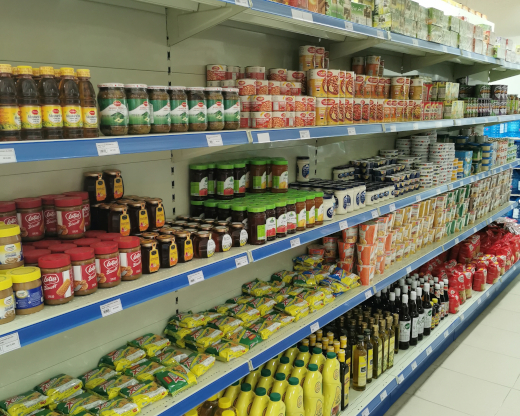
Rub' al Khali border crossing supermarket
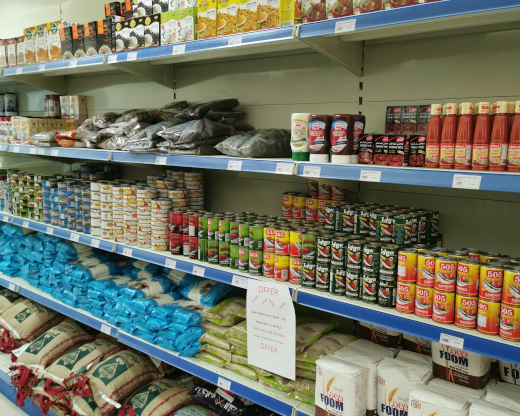
Rub' al Khali border crossing supermarket
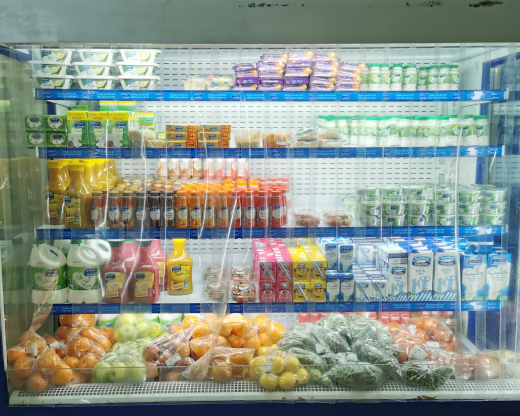
Rub' al Khali border crossing supermarket
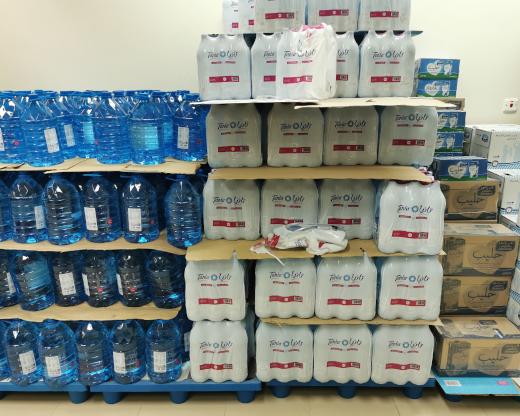
Rub' al Khali border crossing supermarket
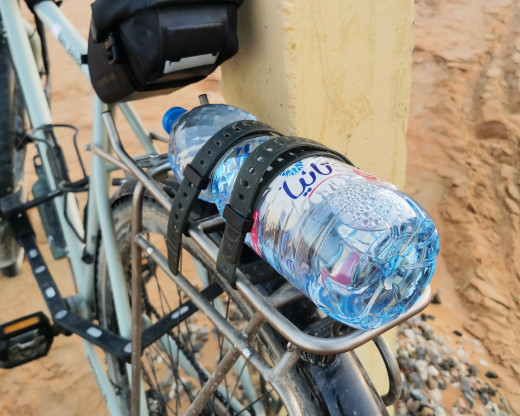
I should have carried more water bottles on the rear rack
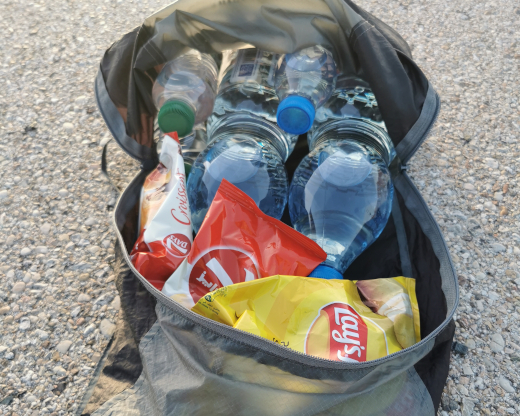
Carrying water in a backpack was a bad idea
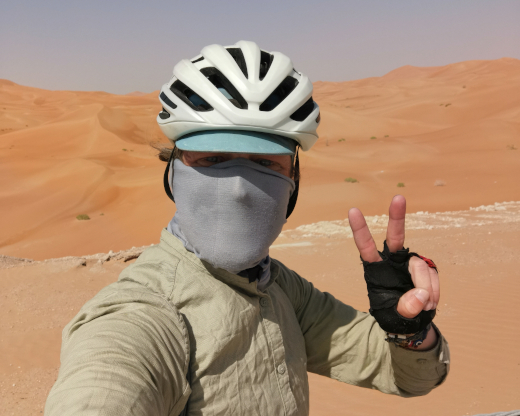
Sun and sand protection is key
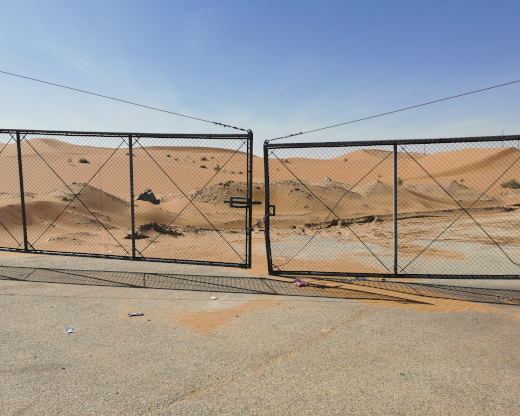
The fenced off road to the Shaybah pitstop

Supermarket and restaurant at the halfway-gas-station
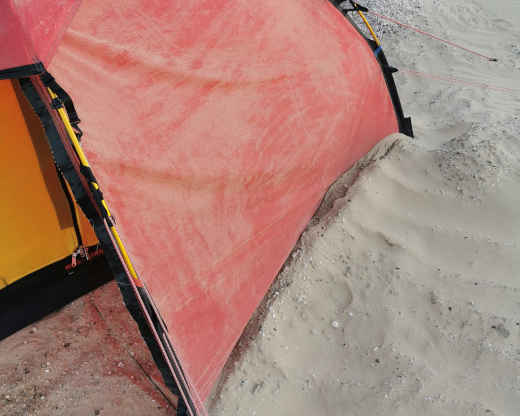
Sealing the gap on my outer tent
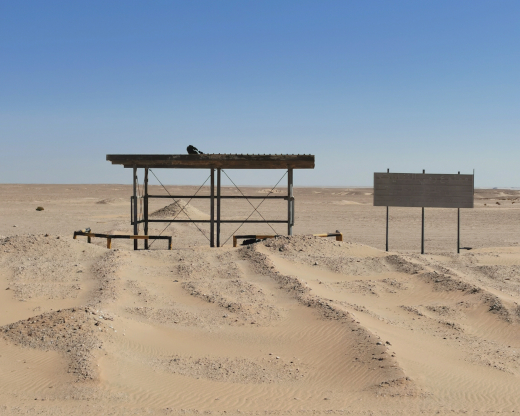
Roof cover providing shade
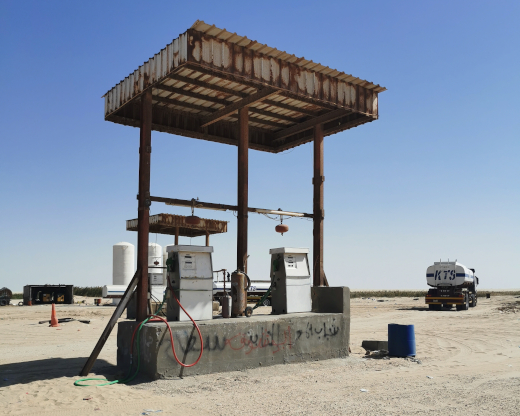
The almost-there-gas-station is more of a pump station
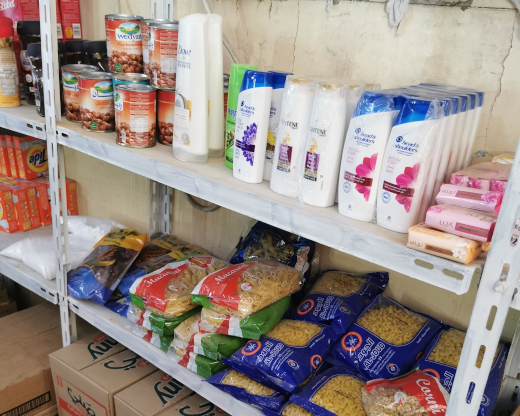
Selection of food at the almost-there-gas-station
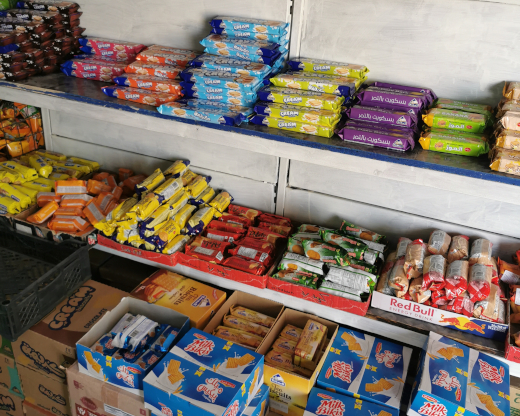
Selection of food at the almost-there-gas-station
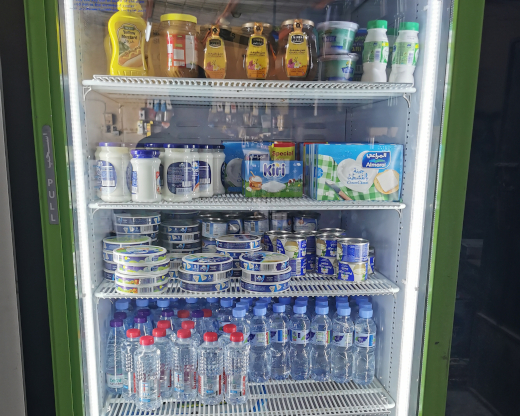
Selection of food at the almost-there-gas-station
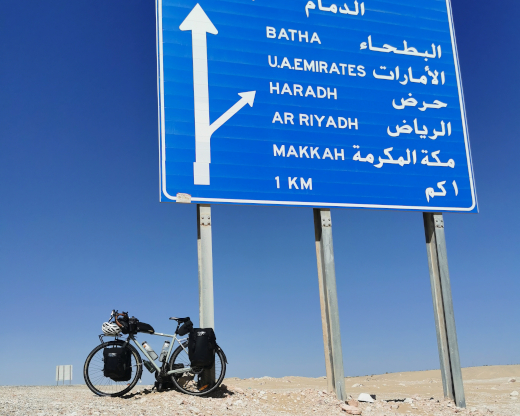
The finish line
biketouring route oman
2023-02-08 | itinerary
Biketouring route for Oman covering Musandam and the northern part of Oman. Entering from UAE and cycling from Khasab to the border with Saudi Arabia via Nizwa and Ibri.
biketouring saudi arabia
2023-03-14 | blog
Biketouring blog covering Saudi Arabia and the roads from the Empty Quarter to the Red Sea Coast
